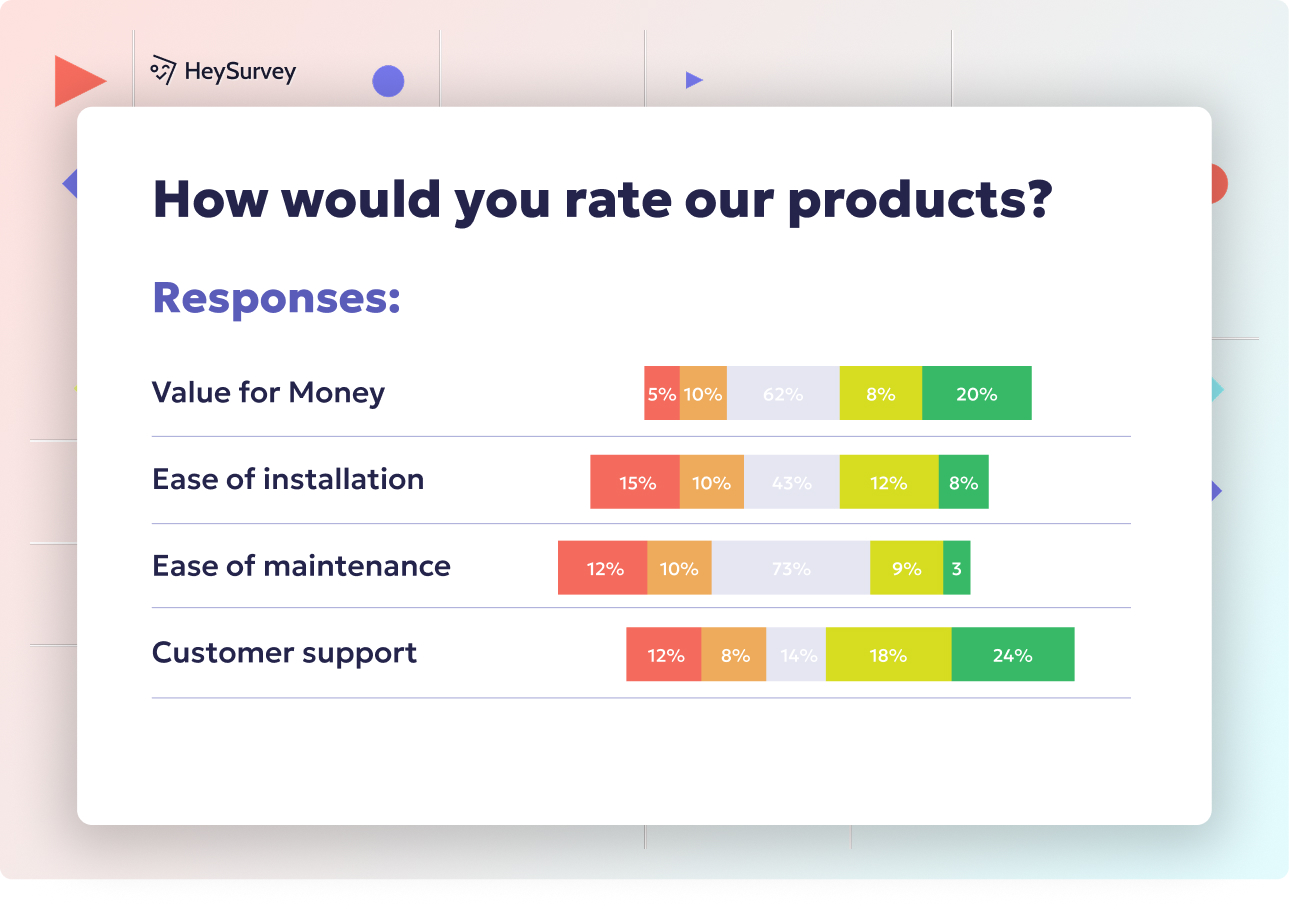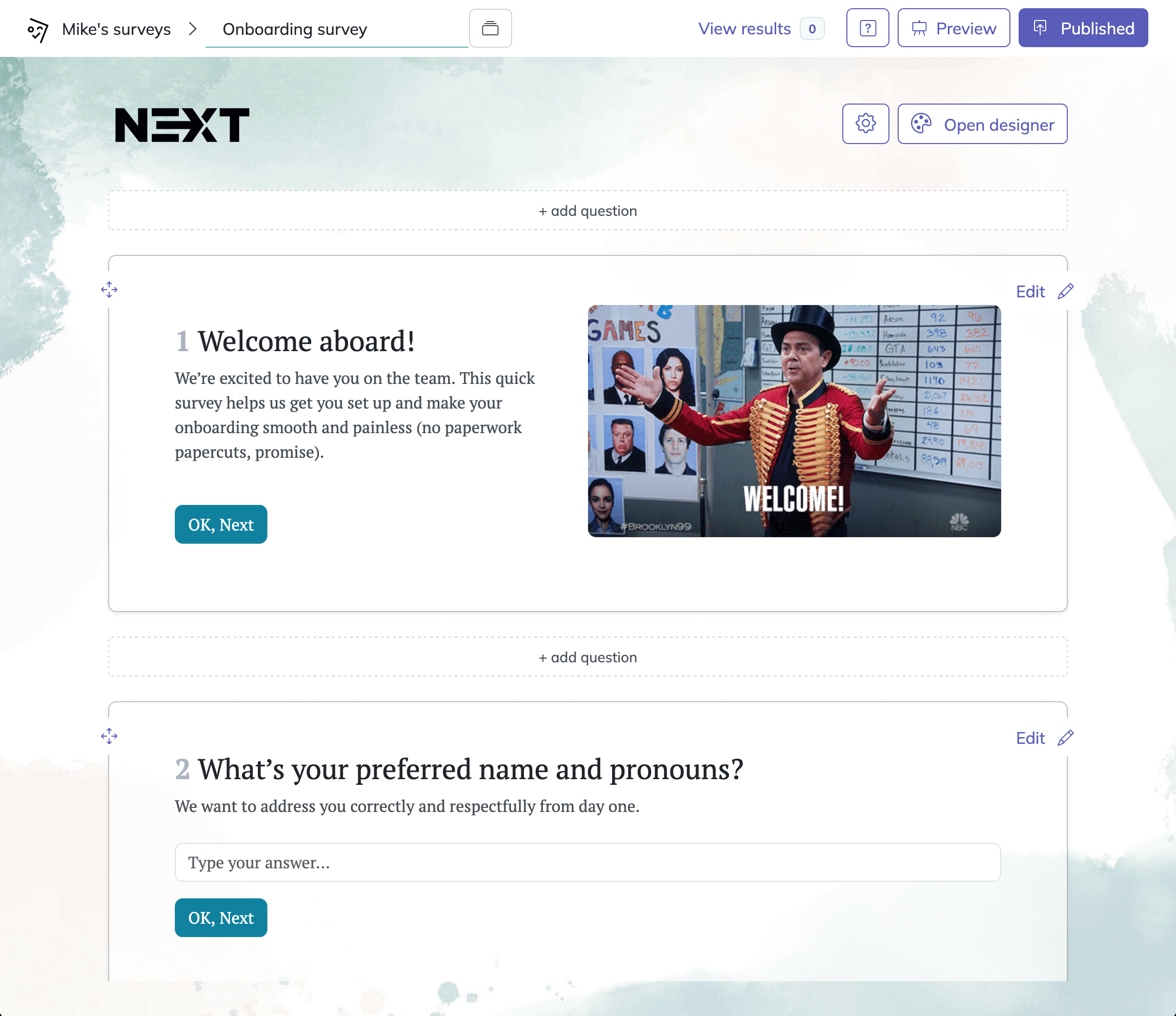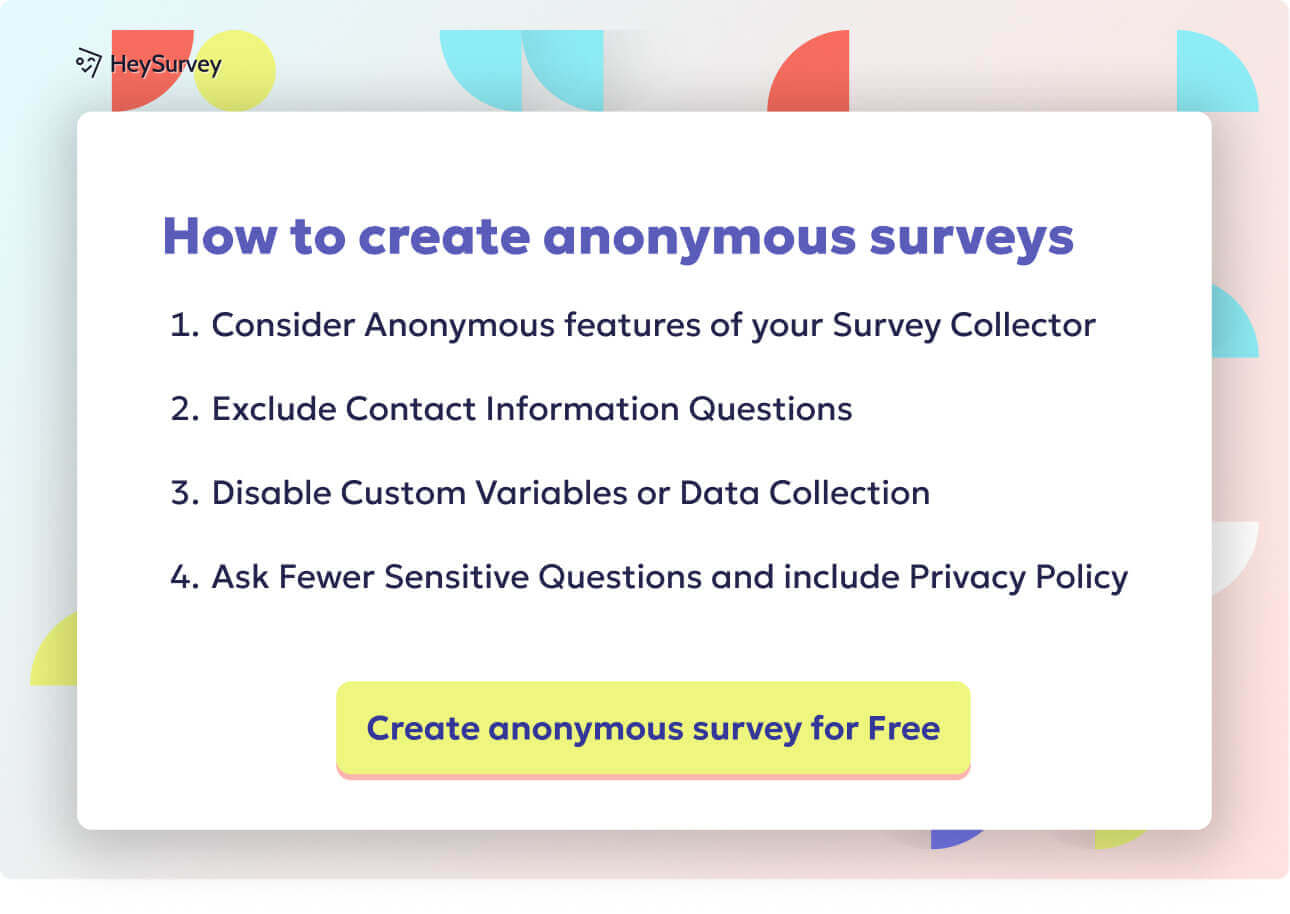31 Team Effectiveness Assessment Survey Questions for Success
Discover 25 actionable team effectiveness assessment survey questions to measure team performance, boost engagement, and evaluate teamwork.
Every successful team is a living, breathing ecosystem—and sometimes, it needs a checkup. A team effectiveness assessment survey is like a stethoscope for your group health, giving insights on trust, purpose, and hurdles. Unlike informal coffee chats or ad-hoc project reviews, structured team-effectiveness assessments track patterns, not just anecdotes. By regularly taking the pulse, you help teams thrive, spark engagement, and boost retention. In this article, we’ll uncover eight types of team health surveys, highlight when and why to use them, and share plenty of sample questions to evaluate teamwork and measure team performance in energizing, actionable ways.
Overall Team Performance Pulse Survey
What Is It?
An Overall Team Performance Pulse Survey is your go-to thermometer for team mood, results, and stamina. Think of it as a quick, routine check-in designed to surface what’s working and what’s not. Unlike a year-end reflection, it’s a recurring, no-drama glance to see how everyone feels about the team’s trajectory and workload.
You’ll capture insights into both the current pace and cohesion of the team. This means knowing if your sprint felt like an actual sprint or a marathon with hurdles, and whether everyone’s rowing in the same direction.
By regularly running this survey, you empower people to signal small issues before they snowball.
Why & When to Use
Ideal for monthly or quarterly cycles, the Performance Pulse lets you stay ahead of burnout and boredom. It’s especially powerful after product releases, team restructures, or in times of fast growth.
Use it when you notice: - Fatigue creeping in after a big launch - Unclear priorities causing hesitation - Celebrations (or frustrations) brewing beneath the surface
Don’t wait until people are already hunting LinkedIn for their next adventure—early signals are key.
Sample Questions
On a scale of 1-10, how confident are you that the team will meet its current goals?
How clear are our top three priorities right now?
Do you feel our workload is sustainable for the next sprint/quarter?
What recent win are you most proud of as a team?
What one thing would most improve our performance next month?
Asking about pride, clarity, and momentum keeps your finger directly on the team’s pulse—so you can make adjustments before the wheels wobble.
Psychological safety is the number one predictor of effective team performance. (cultureamp.com)

Creating a team effectiveness assessment survey with HeySurvey is a breeze—even if you’re new to the platform. Just follow these three easy steps, and you’ll have a survey ready to go in no time!
Step 1: Create a New Survey
- Start by logging into HeySurvey or jump in without an account to try it out.
- Click “Create New Survey” and choose either an empty sheet or select a pre-built template designed for team surveys.
- Give your survey a clear name like “Team Effectiveness Assessment” so you can find it easily later.
- The Survey Editor will open instantly, ready for you to customize.
Step 2: Add Your Questions
- Hit the “Add Question” button at the top or between questions.
- Select the type of question you want: scale ratings, multiple choice, text input, or whatever fits best.
- Plug in your team effectiveness assessment survey questions, such as those related to communication, leadership, or innovation.
- Make sure to mark critical questions as required so you get complete responses.
- Don’t forget to add some open-ended questions for honest feedback and richer insight.
Step 3: Publish Your Survey
- Once you’re happy with the questions, click the “Preview” button to see how your survey looks.
- Make any last tweaks in the Designer Sidebar if needed—adjust colors, fonts, or layouts to match your vibe.
- When ready, hit “Publish” to generate a shareable link.
- Share this link with your team by email, chat, or embed it on your intranet.
- You’ll need an account to view and analyze responses, so consider signing up if you haven’t yet.
Bonus: Apply Branding and Define Settings
- Add your company logo to make the survey feel truly yours.
- Set survey availability dates or limit responses if you want to control timing or participation.
- Customize what happens after submission, like redirecting to a thank-you page or displaying results.
Bonus: Use Branching to Personalize Experience
- Set up branching logic so that follow-up questions depend on how someone answers.
- This keeps your survey focused and relevant, avoiding gloomy data overload.
And voilà, you’ve got a sleek, effective team effectiveness assessment survey built with HeySurvey. Ready to get started? Just press the template button below and craft your perfect team check-in!
Communication & Collaboration Survey
What Is It?
The Communication & Collaboration Survey puts a spotlight on how team members share information, support each other, and avoid working in accidental silos. If your team’s workflow sometimes feels like a game of telephone, this survey brings clarity.
It’s designed to surface gaps in knowledge-sharing, inefficient meetings, and sticky points when working cross-functionally. Effective communication is jet fuel for any high-performing team.
You’re not just checking if people are talking—you want to know if the right things are being said, at the right time, to the right people.
Why & When to Use
Unleash this survey when you sense: - Collaboration tools aren’t being used (or misused) - Hand-offs miss the mark or duplicate work is cropping up - Frustrations about too many, too few, or too aimless meetings
It’s also perfect pre-launch if you’re introducing new platforms or processes.
Proactive teams run this survey at the first sniff of silos or misunderstandings. Don’t wait until a project falls through the cracks!
Sample Questions
How effectively does our team share critical information in real time?
Do meetings result in clear action items and owners?
How comfortable are you asking teammates for help?
Are the communication channels we use (Slack, email, stand-ups) sufficient?
What barriers prevent smoother collaboration with other departments?
A single insight from these questions can unblock entire workflows. Remember, you’re not just listening for problems—look for hidden enablers of excellent teamwork.
Research indicates that psychological safety is the strongest predictor of effective team performance. (support.cultureamp.com)
Leadership & Management Survey
What Is It?
The Leadership & Management Survey takes the temperature on how your team leaders are setting direction and supporting the crew. It highlights the gap—if any—between what leaders want and what the team hears.
Leadership isn’t only about rallying cries; it’s about building a culture of transparency, fairness, and empowerment. Great teams have leaders who model the way and remove blockers instead of creating them.
This survey shines a light on whether team members feel recognized, guided, and trusted.
Why & When to Use
Let this survey loose: - Once a year, as a North Star for leadership development - During manager 360 reviews - Right after a leadership change (when the compass might wobble)
You’ll gather rich feedback to sharpen leadership behaviors and calibrate support to changing team dynamics.
If you’re hearing grumbles about unclear direction or inaccessibility, it’s time to ask.
Sample Questions
How clearly does our leader communicate the team’s vision and strategy?
Does your manager provide timely, actionable feedback?
To what extent does leadership recognize and celebrate contributions fairly?
How accessible is your manager when you need guidance?
Do you feel empowered to make decisions within your role?
This survey helps leaders calibrate their approach and uncovers ways for everyone to level up—together.
Role Clarity & Responsibility Survey
What Is It?
The Role Clarity & Responsibility Survey is your GPS for navigating team duties. It assesses how well team members understand what’s theirs to own—and where the boundaries of other roles begin.
If you’ve ever walked into a meeting unsure who does what, this survey is your friend. Clarity here means fewer turf wars and less finger-pointing.
Use it to uncover where ambiguity or overlapping responsibilities are tripping up delivery.
Why & When to Use
Let this survey guide you when: - The team is scaling quickly, with lots of new faces and shifting roles - You’re post-reorg and need to redraw the map - There’s confusion about decision-making, expertise, or ownership
Teams suffering from hazy responsibilities often get mired in bottlenecks and missed deadlines.
Clarity boosts everyone’s confidence and speed—after all, you can’t win a relay if you’re not sure who’s carrying the baton.
Sample Questions
I understand what is expected of me in my role. (Strongly disagree → Strongly agree)
My responsibilities align with my skills and interests.
I know who to approach for specific expertise within the team.
There is clarity on decision-making authority for key tasks.
Where do you see ambiguity in roles that affects delivery?
By surfacing confusion early, you empower your team to pick up the pace—and deliver with less drama.
Employees with high role clarity are 53% more efficient and 27% more effective at work than those experiencing role ambiguity. (effectory.com)
Psychological Safety & Trust Survey
What Is It?
The Psychological Safety & Trust Survey is your secret weapon for fostering fearless innovation and resilient teams. It asks if members feel secure enough to take risks, raise tough topics, and bring their whole selves to work without fear of embarrassment.
A team with high psychological safety is more creative, learns faster from mistakes, and retains talent. When this trust is strong, even “bad news” can be shared early, helping the team leap forward.
This pulse check is vital for both comfort and candor within your group.
Why & When to Use
Deploy this survey: - Right after conflict, layoffs, or major cultural shakeups - Quarterly, as part of your regular team health check-in - When innovation has stalled, or few people speak up in meetings
If team members hesitate to voice concerns or ask basic questions, it’s time to act.
Safety and trust are prerequisites for high performance—skip them at your peril.
Sample Questions
I feel safe admitting mistakes to my teammates.
Team members value diverse perspectives.
Constructive disagreements are handled respectfully.
I can ask “basic” questions without fear of judgment.
What would make this team a safer space for open dialogue?
Even one “no” here is an urgent invitation to reset the team’s cultural foundation.
Innovation & Continuous Improvement Survey
What Is It?
The Innovation & Continuous Improvement Survey measures whether your team is leaning into curiosity or stuck in autopilot. You want to know if teammates are excited to try new things—and learn from what didn’t work.
This survey is all about the team’s appetite for experimentation, learning, and process upgrades. It’s a booster shot for creativity, helping crack open fresh thinking.
Ever feel like your retrospectives are more polite than purposeful? This survey adds the zest you need.
Why & When to Use
Time to send this survey out: - Before retrospectives or hackathons, to spark open thinking - Ahead of launching process-improvement initiatives - When old routines start feeling stale or ineffective
If ideas are gathering dust, or “failure” is off-limits to discuss, your team is stuck. This check-in can kickstart bold moves.
Sample Questions
How often do we experiment with new ways of working?
Are lessons learned from failures shared openly?
Does the team have time allocated for innovation?
Management supports trying ideas that may not succeed. (Yes/No)
Suggest one improvement we should pilot next quarter.
Even a flood of feedback here is a good thing: ideas beget better ideas (and bolder teams).
Remote/Hybrid Team Effectiveness Survey
What Is It?
The Remote/Hybrid Team Effectiveness Survey is engineered for the unique hurdles facing distributed teams. It zeroes in on virtual culture, time zones, and the digital toolkit needed to connect across distances.
Working remotely is not just about Wi-Fi and webcams—it’s about building trust, sharing information, and keeping everyone in the loop whether they’re in sweatpants or at HQ.
This survey aims to ensure no one is out-of-sight, out-of-mind.
Why & When to Use
You’ll want this survey when: - Adopting remote or hybrid work for the first time - Semi-annual check-ins for longstanding distributed teams - After major tech shifts, like rolling out a new collaboration platform
If team spirit or productivity dips after moving remote, act quickly. This check is essential to spot where virtual teamwork is falling short, before frustration festers.
Sample Questions
Do you have equal access to information regardless of location?
Virtual meetings include all voices, not just in-office participants. (Agree/Disagree)
How satisfied are you with the current balance of synchronous and asynchronous work?
The team maintains strong relationships despite physical distance.
What remote-work challenge most affects your productivity?
Every item here is a lifeline for teams navigating distance—raise the flag early, and you’ll keep everyone rowing together.
Team Engagement & Morale Survey
What Is It?
The Team Engagement & Morale Survey peeks into the team’s “emotional engine.” It checks energy levels, commitment, and passion for the mission. This isn’t just about job satisfaction—it’s about whether people are proud to wear the jersey.
High engagement signals a team that’s buzzing with purpose; low morale means it’s time for an intervention.
Celebrate even the small wins, and listen closely for early signs of burnout or restlessness.
Why & When to Use
Unleash this survey: - During high-pressure launches or crunch times - Following mergers, leadership changes, or waves of company change - When you notice a drop in enthusiasm, or whisperings about burnout
A disengaged team might deliver—but won’t excel. Engagement surveys offer liftoff for passion and loyalty.
Sample Questions
I feel energized to start work each day with this team.
Our accomplishments are celebrated in meaningful ways.
I see a clear path for growth within this team.
How likely are you to recommend this team as a great place to work?
What factor would most improve your day-to-day motivation?
Act early on what you learn, and you’ll multiply your team’s spark, stamina, and results.
Best Practices: Dos & Don’ts for Team-Effectiveness Surveys
Creating an effective team health survey is an art, not a checkbox exercise. Keep it crisp, focused, and designed for action—not just data collection.
Do: - Align your questions with outcomes you’re ready to act on. - Combine scale-based ratings with open-ended questions for richer insights. - Guarantee survey anonymity to create a safe space for honesty. - Benchmark results over time, tracking steady progress (or warning signs). - Close the loop by sharing findings and mapping out next steps with transparency.
Don’t: - Bombard teams with endless questions—completion time should never exceed 10 minutes. - Write double-barreled or leading questions that confuse or taint the feedback. - Overlook the cultural or language nuances that shape responses. - Sit on the results! Always communicate back, even if nothing will change (yet). - Start a survey without visible leadership buy-in and willingness to make visible changes.
When in doubt, use the rhythm of Ask–Act–Adapt: - Ask for honest feedback. - Act decisively on what you hear (even if it’s tough). - Adapt your approach quickly—signal change, and your team will feel heard and energized.
Consistent, thoughtful surveys transform not just teams but entire organizations. The goal? Healthier, high-performing teams—whether virtual, hybrid, or right down the hall.
A regular rhythm of team effectiveness assessment survey questions keeps your teams healthy and humming. By combining punchy check-ins with authentic follow-ups, you earn trust and surface improvement opportunities early. Use these surveys as conversation starters, not just diagnostics. Listen, act, and adapt—and you’ll see your teams thrive. The health of your business begins with the honesty of your questions.
Related Employee Survey Surveys

29 Essential Post Mortem Survey Questions for Project Success
Discover 25+ essential post mortem survey questions to improve projects, boost team morale, and d...

31 Change Readiness Survey Questions to Boost Your Success
Discover 25+ sample change readiness survey questions to assess attitudes, barriers, and confiden...

31 Retreat Survey Questions to Collect Actionable Feedback
Discover 26 essential retreat survey questions to gather actionable feedback before, during, and ...

